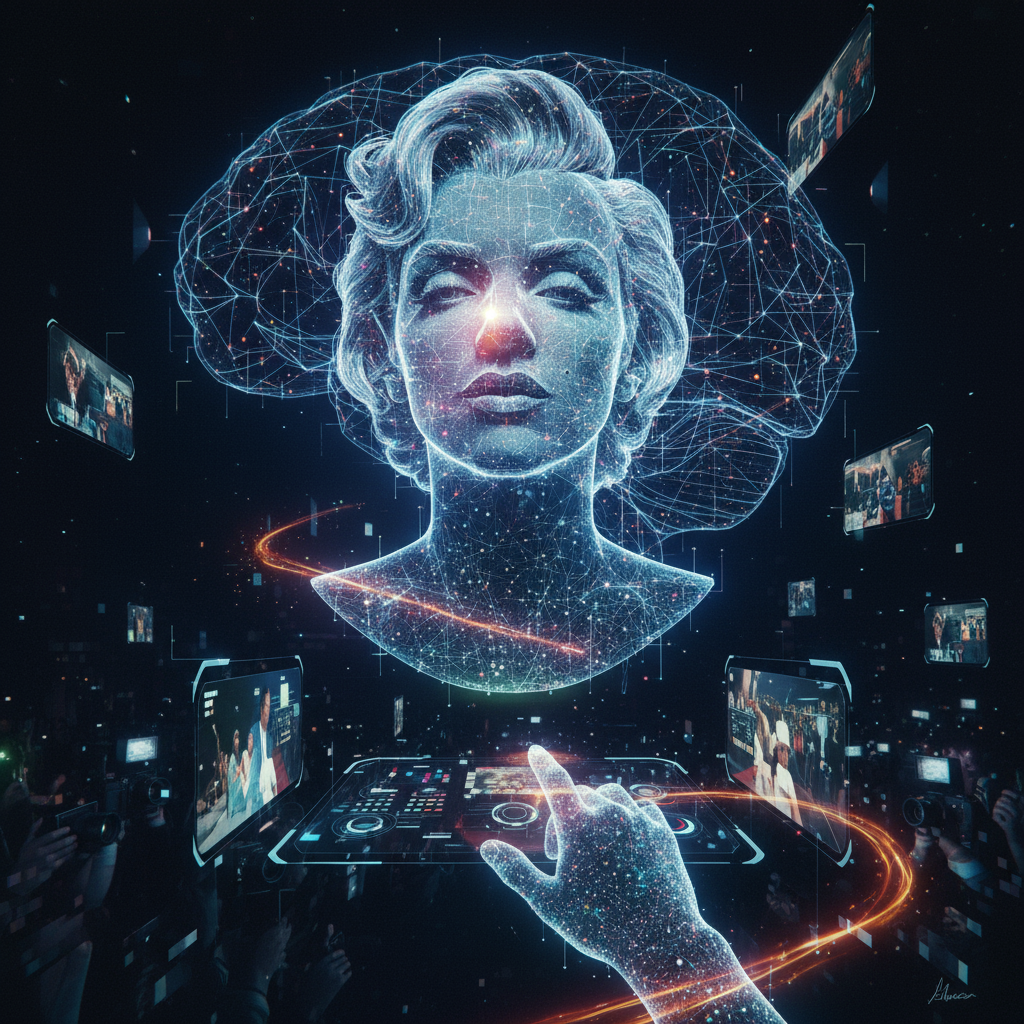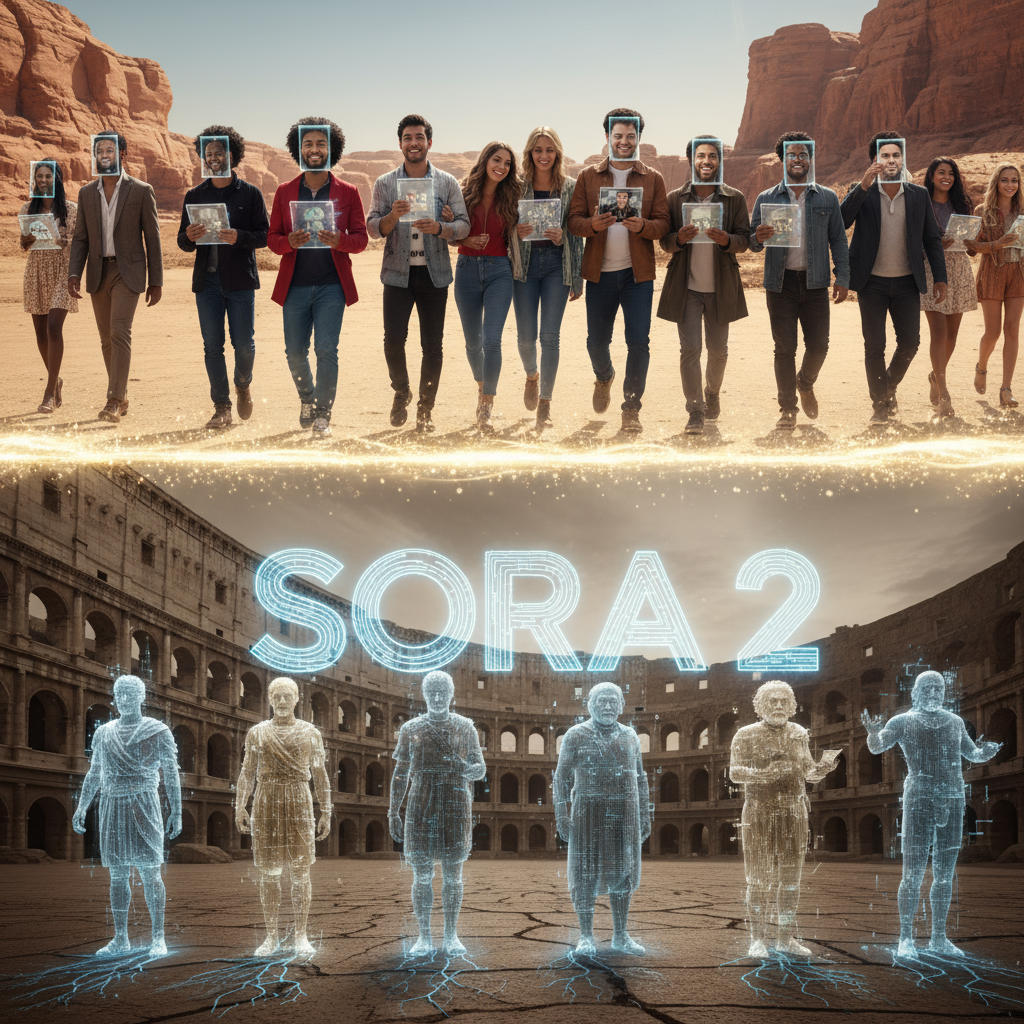The Digital Afterlife: Why Dead Celebrities Are Fair Game for AI Manipulation

The digital landscape is a constantly evolving space, bringing with it both unprecedented creative potential and complex ethical dilemmas. This is particularly true with the rise of sophisticated AI tools like OpenAI’s Sora 2, capable of generating incredibly realistic videos from text prompts. While the immediate reaction might be awe at the technology, a recent clarification from OpenAI regarding its likeness protection policies has sparked a lively debate: dead celebrities, or “historical figures” as OpenAI terms them, are apparently fair game for video manipulation, while living “public figures” are protected. This distinction opens a Pandora’s Box of considerations, forcing us to grapple with questions of legacy, consent, and the very nature of digital identity beyond the grave.
The Line in the Sand: Living vs. Historical Figures

OpenAI’s policy, as highlighted in a recent discussion, creates a clear, albeit controversial, divide. If you’re a living public figure, your likeness is safeguarded within Sora 2’s parameters. This means you can’t generate a video of a sitting president endorsing a specific product or a prominent actor saying things they never would. This protection is understandable, designed to prevent misinformation, defamation, and the erosion of trust in public discourse. It acknowledges the legal and ethical implications of manipulating living individuals’ images and voices.
However, once a person is categorized as a “historical figure,” these protections ostensibly vanish. This means the digital specter of Bruce Lee could be seen DJ-ing a rave, or beloved children’s show host Mr. Rogers could be reimagined in a “Jackass” style stunt. The potential for such manipulations is vast and, for many, deeply unsettling. It raises immediate questions about who gets to control the narrative of those who are no longer here to speak for themselves.
The Gray Area of Posthumous Digital Identity
The concept of a “historical figure” is itself a fluid one. Does it apply only to individuals centuries past, or does it encompass anyone who has passed away? The examples cited – Bruce Lee and Mr. Rogers – are relatively recent cultural icons. Their families, estates, and fan bases still actively engage with their legacies. This makes the distinction particularly poignant. While a historical figure might not be able to directly suffer personal harm from such manipulation, their estate’s commercial interests, their carefully cultivated image, and the memories of their admirers could be significantly impacted.
Consider the commercial implications. Many deceased celebrities’ estates generate substantial income through licensing their image, voice, and likeness. If AI can freely generate content featuring these figures, does it dilute the value of their official brand? Furthermore, what about the potential for harmful or distasteful content being created? While OpenAI likely has content moderation guidelines, the sheer volume and speed of AI generation raise concerns about how effectively such content can be policed. The internet has a long memory, and once a manipulated video is out there, it can be incredibly difficult to erase.
Ethical Dilemmas and the Future of Digital Legacies
The absence of likeness protections for historical figures through AI tools like Sora 2 ignites a crucial ethical debate. Is it disrespectful to use a deceased person’s image or voice in ways they never consented to, even if they’re not around to object? Many would argue that even in death, individuals deserve a modicum of respect for their life’s work and public persona. For families and loved ones, seeing a distorted or misrepresentative version of their kin could be deeply distressing. This treads into the complex territory of moral rights that often extend beyond traditional copyright law.
This development also forces us to consider the future of digital legacies. As more of our lives are lived online, and as AI becomes increasingly sophisticated, how do we ensure that our digital selves are treated with dignity after we’re gone? Should individuals have the right to dictate how their digital likeness can be used post-mortem? The current legal frameworks are largely unprepared for these new challenges. We’re entering an era where the concept of “digital remains” needs serious consideration and, potentially, new legal and ethical frameworks to govern their use.
Conclusion: Navigating the Uncharted Waters of AI and Legacy
The power of Sora 2 and similar AI technologies is undeniable. They offer incredible opportunities for creative expression, education, and even preserving history in novel ways. However, the policy choice to exclude historical figures from likeness protection reveals a significant ethical blind spot that needs urgent attention. While the initial intent might be to avoid the complexities of current legal consent, it neglects the moral and emotional weight of posthumous digital identity.
As we continue to build increasingly intelligent and generative AI systems, it is crucial that ethical considerations are not an afterthought but a foundational element of their design and deployment. We need a broader societal conversation about digital legacies, respect for the deceased, and the boundaries of creative freedom in an AI-powered world. Without clear guidelines and a commitment to ethical use, we risk trivializing the lives and contributions of those who came before us, and setting a problematic precedent for how we interact with digital identities in the future. The conversation around dead celebrities and AI manipulation is not just about technology; it’s about our values, our respect for history, and the kind of digital future we want to build.

